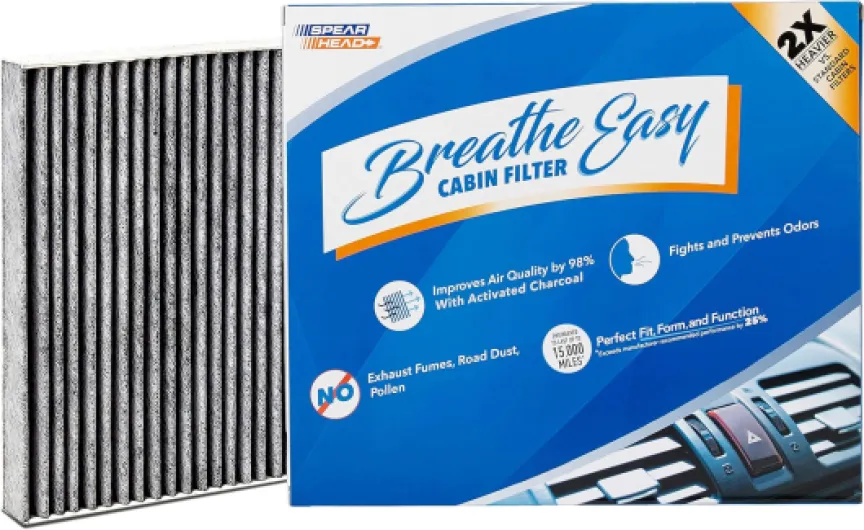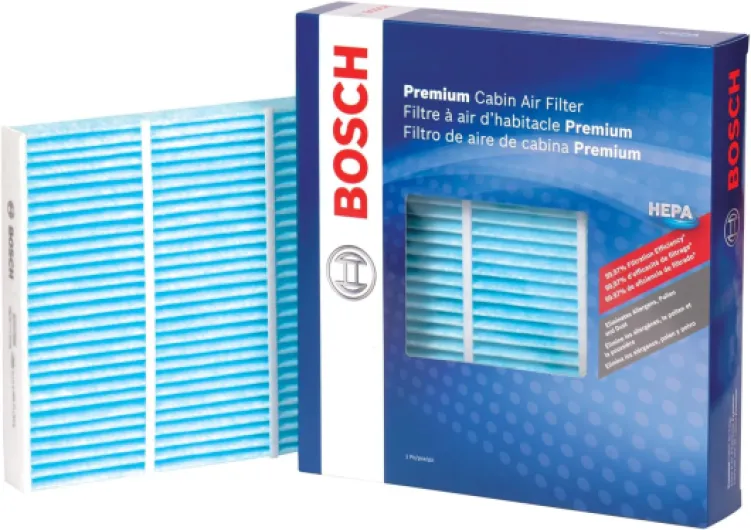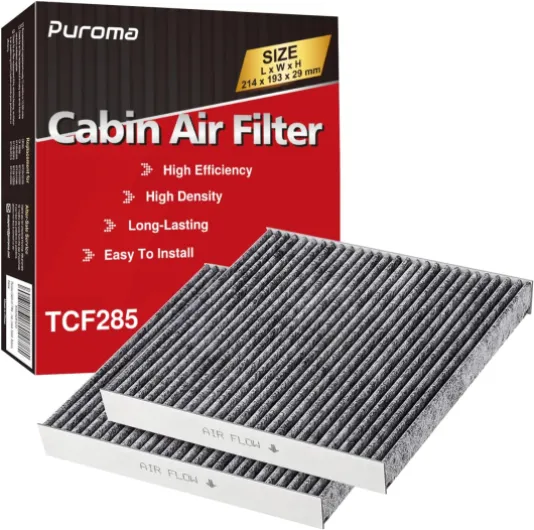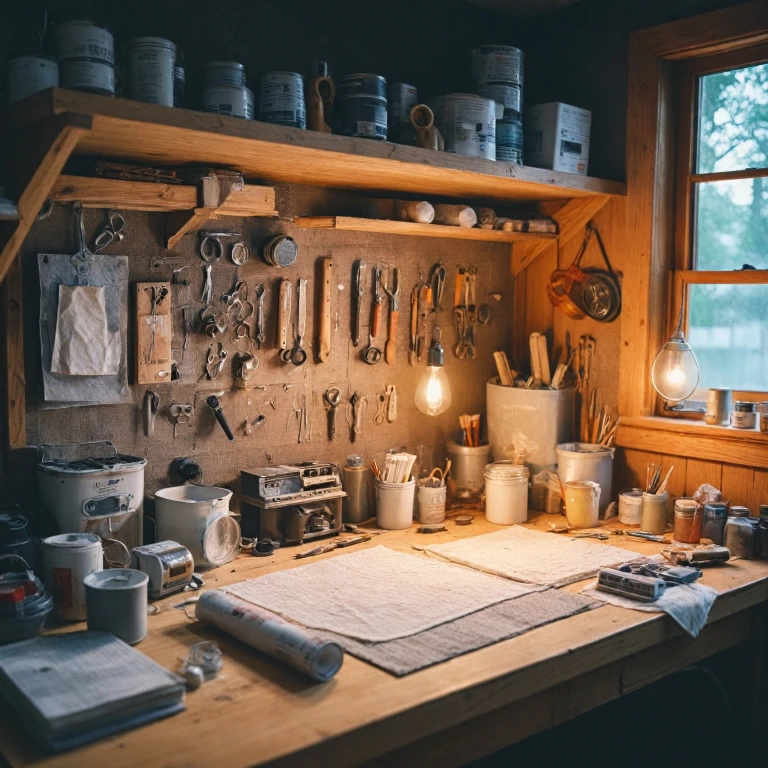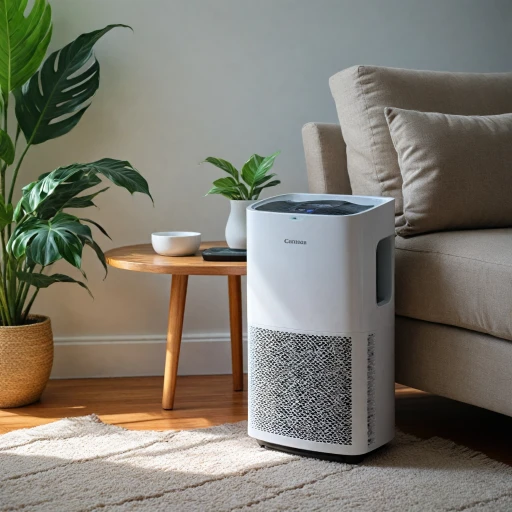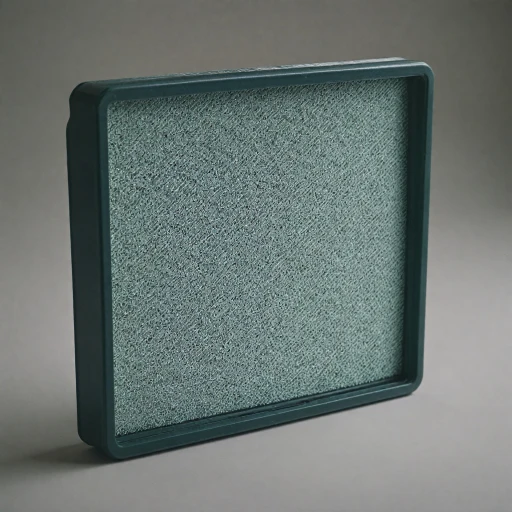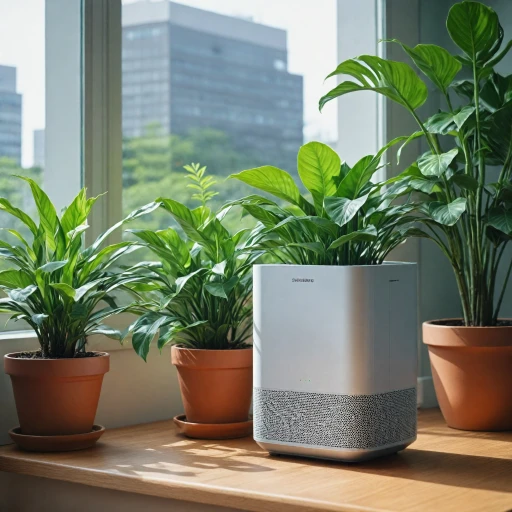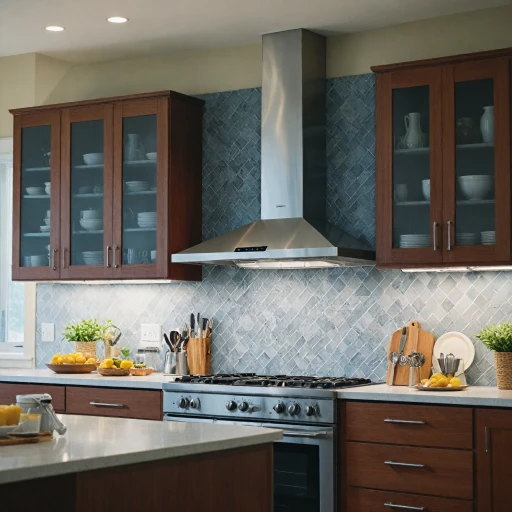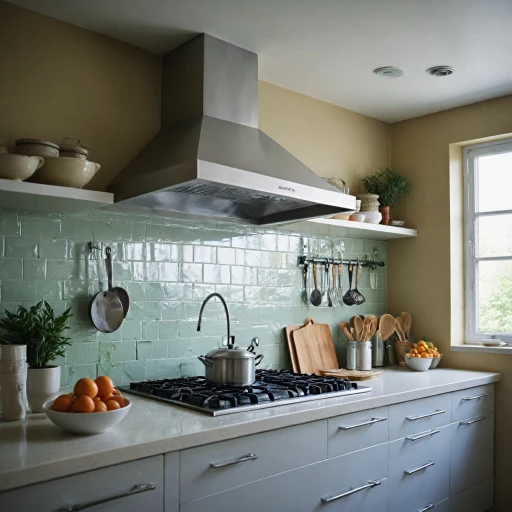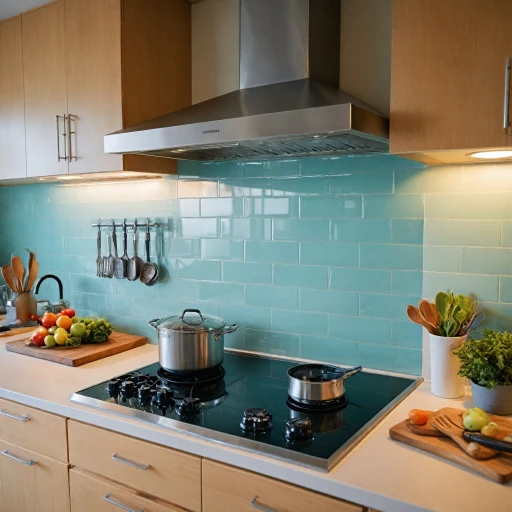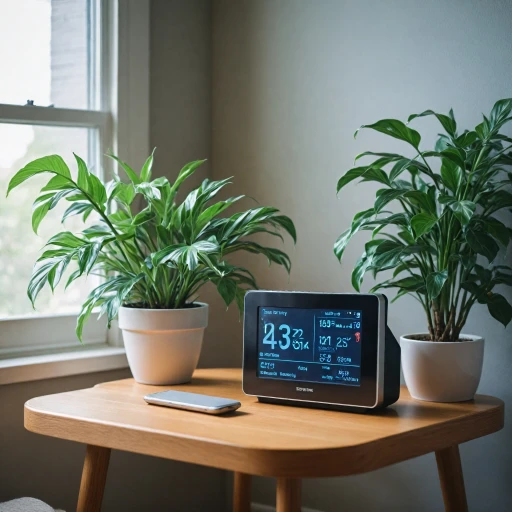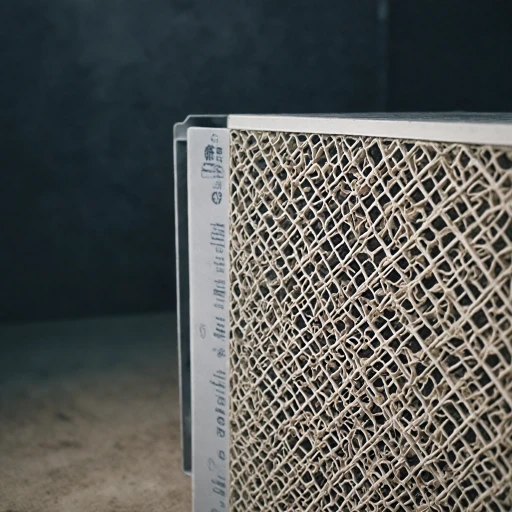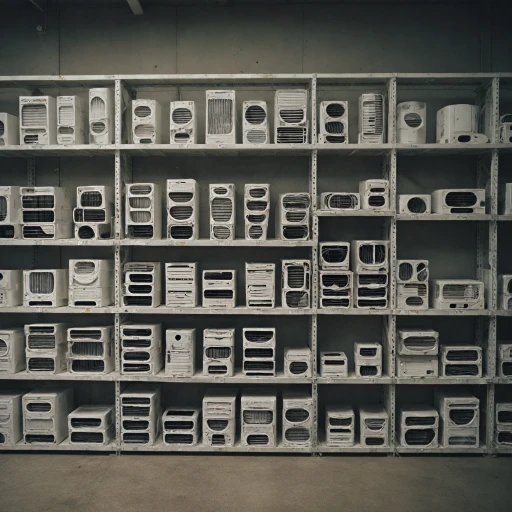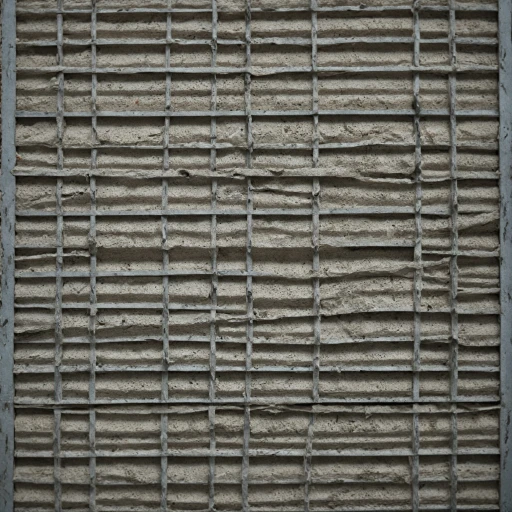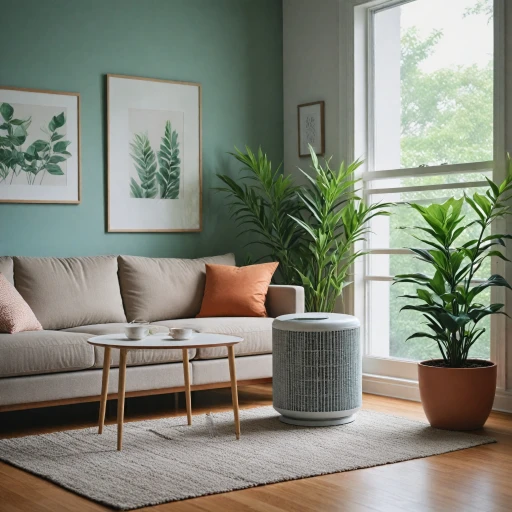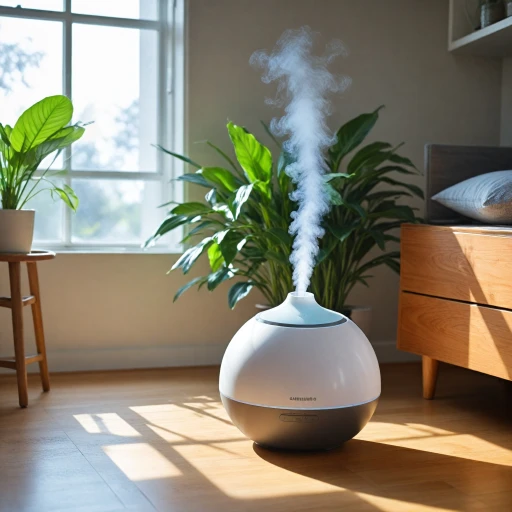
Understanding Cabin Air Filters
A Look at Cabin Air Filters
Cabin air filters have become an integral component of modern vehicles, playing a vital role in ensuring that the air circulating inside your car's cabin remains clean and free from contaminants. These filters are typically located behind the glove box and are designed to purify fresh air entering through the air intake system. They effectively capture various particles like dust, pollen, and other pollutants, helping to maintain a comfortable environment while you drive. Car cabin filters differ from standard air filters as they specifically target maintaining air quality within the vehicle's interior. Depending on your car's design, the cabin air filter may need to be changed periodically to ensure optimal performance. Regular replacement is essential as dirty filters can impede airflow and strain the climate control system. Vehicles come equipped with OEM filters, which are often upheld as the standard for quality and efficiency. However, many vehicle owners are now exploring the possibility of creating their own cabin filters. Crafting your own filter allows you to customize the filter material and media, potentially enhancing air flow and filtration capabilities compared to commercial alternatives. Understanding the importance of 16x16x1 air filters can further enrich one's knowledge in the realm of air purification, given the similarities in technology and functionality between car cabin filters and household air filtration systems. Embarking on a DIY project to construct a cabin filter will require careful selection of materials, such as wire mesh and appropriate filter media. This poses both challenges and opportunities, allowing for personalization while also requiring diligent maintenance and crafty design.Essential Materials for a Homemade Cabin Air Filter
Gathering the Right Components
Creating a homemade cabin air filter requires a careful selection of materials to ensure effective filtration and airflow. The choice of filter material is crucial, as it directly impacts the filter's ability to trap dust, pollen, and other airborne particles. Here’s a breakdown of the essential materials you’ll need:
- Filter Media: The core of your cabin air filter, typically made from non-woven synthetic fibers. This material is designed to capture fine particles while allowing air to pass through efficiently.
- Wire Mesh: Used to provide structural support to the filter media, ensuring it maintains its shape and doesn’t collapse under air pressure.
- Foam or Rubber Gasket: Essential for creating a tight seal within the glove box or filter housing, preventing unfiltered air from bypassing the filter.
- Adhesive: A strong, non-toxic adhesive is necessary to secure the layers of filter media and wire mesh together.
- Scissors or Utility Knife: For cutting the filter media and wire mesh to the appropriate size.
Choosing the Right Filter Media
When selecting filter media, consider the specific needs of your car cabin. Some materials are designed to target specific pollutants, such as allergens or odors. It’s important to balance filtration efficiency with airflow to maintain effective climate control within the vehicle.
For more insights on selecting the right filter media, you can explore the importance of choosing the right air filters for your needs.
Considerations for DIY Enthusiasts
While crafting your own cabin air filter can be a rewarding DIY project, it’s essential to understand the limitations and benefits compared to OEM filters. DIY filters offer customization and cost savings but may not always match the performance of commercial options. Regular diy maintenance and timely change of the filter are crucial to ensure optimal performance and air quality in your car cabin.
Step-by-Step Guide to Building Your Filter
DIY Process for Crafting Your Own Cabin Air Filter
Creating your own cabin air filter can be a fulfilling and cost-effective venture. By using easily accessible materials and following carefully planned steps, you can make a functional filter that meets your needs. Below is a guide that simplifies the DIY process for filter construction while ensuring efficiency and effectiveness.- Gather Your Materials: To build your DIY cabin air filter, start by collecting essential materials. You'll need a sturdy filter media that efficiently traps dust and pollen. Consider reusable materials like wire mesh for structural support. If you're aiming for a robust setup, consult resources that discuss the importance of filter dimensions for optimal air flow in varying environments.
- Cut and Prepare: Begin by cutting your filter media to match the size of your existing cabin filter. Remember, precise cutting is crucial for a snug fit within the glove box or car cabin air intake. Measure twice and cut once to avoid wasting material.
- Assemble the Filter Layers: Layer the wire mesh and filter media together. This ensures proper support and effective filtering. The wire mesh provides structure while the filter media captures particulates in the car cabin space.
- Secure the Edges: Use adhesive or clips to firmly secure the layers together. This prevents movement during installation, and maintains integrity over time as you change the cabin air filter regularly.
- Fitment Check: Before installation, check that the assembled filter fits correctly into the car cabin's designated filter box. Adjustments might be necessary to ensure an airtight setup, providing a reliable flow of fresh air through the climate control system.
- Install into Car: With the filter assembly ready, carefully place it inside the car's glove box compartment. Ensure that the fit is secure and that the air filters align with the car's air intake and output points.
Benefits and Limitations of DIY Filters
Pros and Cons of Crafting Your Own Cabin Air Filter
Building your own cabin air filter provides many benefits, but it's essential to weigh these against the potential drawbacks. Let's explore some of the key points to consider when deciding if a DIY approach is suitable for your car's air management needs.
Advantages of DIY Filters
- Cost-Effectiveness: One of the primary benefits of creating a homemade cabin air filter is the potential for cost savings. By selecting and purchasing filter material in bulk, you may significantly cut costs compared to OEM filters.
- Customization: DIY filters offer flexibility in terms of material and design, allowing you to tailor filters to suit your car cabin's specific climate control and air flow requirements. Options for filter media are extensive, from activated carbon to wire mesh, enabling you to address particular needs like improving air intake or reducing pollutants.
- Learning Experience: Crafting your own cabin air filters can become an engaging project. It's not only an opportunity for practical skills development but also improves your understanding of your car's air system and maintenance needs.
Limitations and Considerations
- Time-Consuming: Making a filter requires time and effort. The process encompasses material selection, cutting the filter and assembling it to fit appropriately within the vehicle's glove box or filter housing.
- Quality Concerns: While DIY filters can be effective, their performance may not always match that of commercial OEM filters. Ineffective filters could affect air quality and put added strain on your car's ventilation system. Forum members often emphasize the importance of considering local climate and specific air quality needs when designing your filter.
- Maintenance Requirements: Homemade filters may need more frequent checks and adjustments. Regular inspection and DIY maintenance are crucial to ensure they provide the desired level of fresh air and filter out pollutants efficiently.
In conclusion, whether a DIY cabin filter is right for you will depend on your car's specific requirements, your willingness to invest time in DIY maintenance, and how comfortable you are with trading off some convenience for potential savings.
Maintenance Tips for Homemade Filters
Keeping Your Homemade Filters in Optimal Condition
Once you've crafted your own cabin air filter, maintaining it is crucial to ensure a continuous flow of fresh air in your car cabin. Regular maintenance can help avoid decreased air flow through the climate control system and diminish the risk of harmful particles entering your vehicle.
Here are some DIY maintenance tips and best practices:
- Regular Checks: Forum members often recommend checking your DIY air filter every few months or once every season. This ensures the filter media isn't clogged and is effectively capturing dust, pollen, and debris.
- Cleaning vs. Replacement: Depending on the material you've used, you might be able to clean your filter or may have to change the internals completely. Using filters that resemble OEM specs can facilitate straightforward cleaning, but ensure the filter material remains unchanged in its filtering capacity.
- Aware of Time and Location: The frequency of changes or cleaning might vary depending on your driving environment. Heavily polluted areas may necessitate more frequent exchanges compared to suburban or rural locations.
- Inspect Wire Mesh Integrity: If your DIY filter includes a wire mesh structure, ensure it is intact and free from deformities. Compromised mesh can affect air intake and the overall performance of the cabin air filter.
- Observe Air Flow and Performance: If you notice reduced air flow through your glove box or climate control system, it might be time to conduct a change or thorough check of your filter.
Keeping an eye on these aspects will ensure your DIY cabin air filter continues to provide healthy, clean air within your vehicle. Though DIY options offer flexibility, always be prepared to revert to high-quality, commercial OEM filters if necessary.
Comparing DIY Filters to Commercial Options
Assessing the Performance: DIY vs. Commercial Cabin Filters
When comparing homemade cabin air filters with their commercial counterparts, several factors come into play. Although crafting your own filter can be a cost-effective and rewarding DIY project, it's crucial to understand both the advantages and potential drawbacks.
- Cost Efficiency: DIY cabin air filters often involve accessible and affordable materials, making them a budget-friendly alternative to OEM filters. As discussed earlier, materials like wire mesh and filter media can be easily sourced and replaced, offering significant savings over commercial options.
- Customizability: A homemade filter allows you to tailor the filter's dimensions and materials according to your specific requirements. This adaptability can be particularly beneficial if your car cabin has unique dimensions or air flow needs.
- Filter Quality: While commercial filters are designed to meet specific quality standards, DIY filters might not consistently match these benchmarks in terms of filter media efficiency and filtration capability. OEM filters are engineered to handle variations in climate control and air intake, often providing more reliable long-term protection.
- Performance and Reliability: The overall effectiveness of a DIY filter can vary. Forum members have noted that while some homemade solutions work well, others might not maintain optimal air flow or fresh air levels within the cabin over time.
- Time Investment: Building and maintaining a DIY filter requires a commitment of time and effort. Frequent inspection and replacement of the filter material are necessary to ensure that your car cabin continues to benefit from effective air filtration.
- Installation Convenience: Commercial options are designed for easy installation, aligning well with the original glove box and filter box setups in vehicles. DIY versions may require additional effort and know-how to fit properly.
Ultimately, the decision will come down to your priorities and willingness to engage in DIY maintenance. Both options have their respective advantages, and understanding the nuances of each will help you make an informed choice that suits your preferences and vehicle needs.
